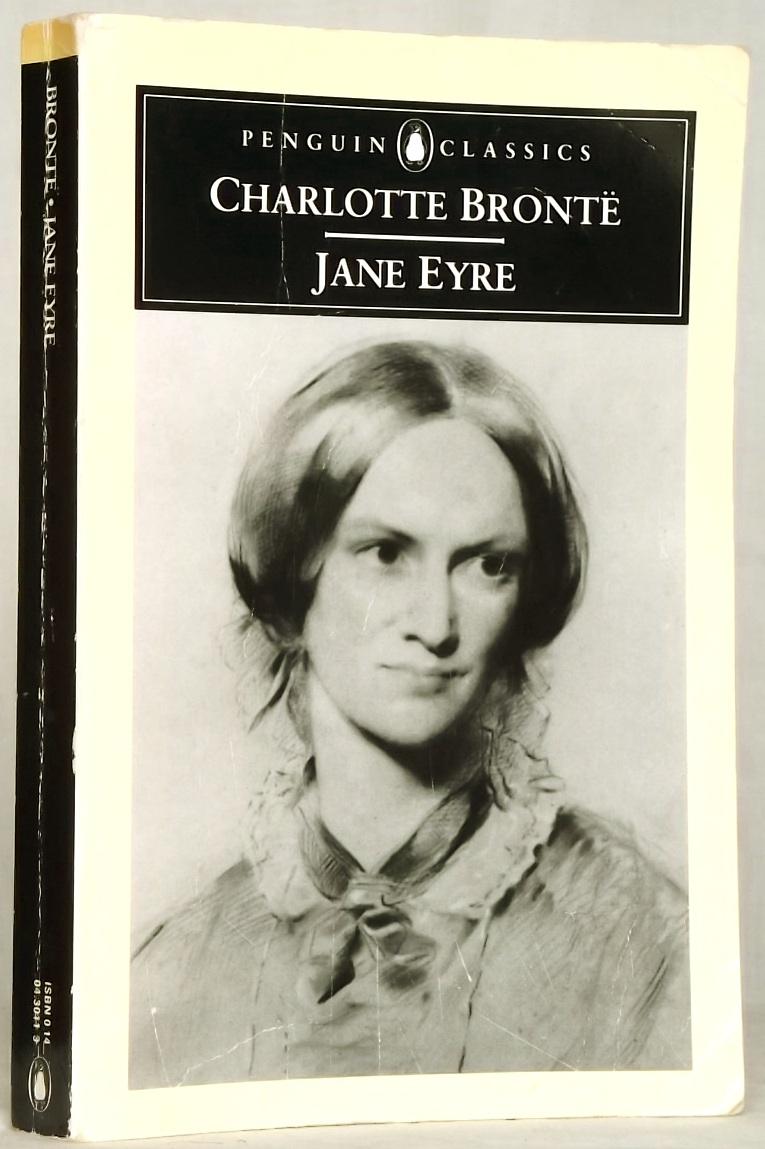Jane Eyre

Jane Eyre follows a girl as she grows up through as an orphan in intense schooling, becomes a teacher, governess, lover, survivor, and finally wife and heiress. Jane’s story is one of struggle and growth, heartache and love, and courage and sacrifice.
In chapter 7 of this novel, Jane, as a young girl, is called out by Mr. Brocklehurst at her boarding school. He condemns her for “lying” to her lovely aunt and tells all of the other children and teachers to watch and avoid her, as she is an influencer of Satan. Throughout this scene, the readers follow Jane’s thoughts as she feels ashamed and terrified. Both the literal being picked out of the crowd and stared at and the figurative alienation is powerfully effective in this scene. It is also important to note that the way Mr. Brocklehurst alienates her is through biblical terms, in order to scare others into staying away from her. I personally found this ironic, as two of the main messages of Christianity are love and forgiveness of petty sins, and the aspect of society that Bronte conveys and this scene, while influenced by Christianity, is far from that.
Bronte purposefully made Jane be alienated in this scene as she wanted to show that the society at this time wanted everyone to be part of a flock. This shows that they did not value individual thought at all, especially the thoughts of females, as it was more convenient for the women to do as they were told and keep their opinions to themselves.
In having the novel told through first-person narrative from the point of view of Jane, Bronte flips the narrative of her current society by bringing to light and focusing on the thoughts and emotions of a girl who society silences.
In addition to this, Bronte also shows in this scene that this is an issue that is bigger than, and applies to, more than one girl. She does this by having some of the other young girls show support and empathy for Jane at the end of this chapter. In doing this, Bronte proves that Jane is not the only girl alienated by society and that there are other girls on both Jane and Bronte’s, side. This feeling of understanding and hope that these girls give Jane symbolizes Bronte’s hope that others will read, understand, and relate to her messages, in order to make progress and have female voices be heard in her society.
Comments
Post a Comment